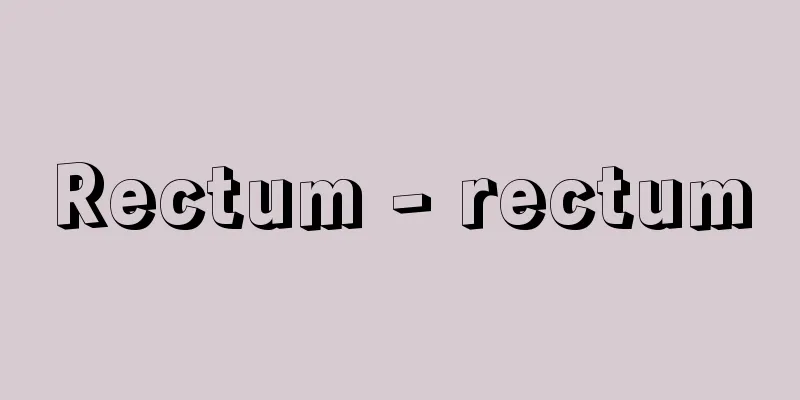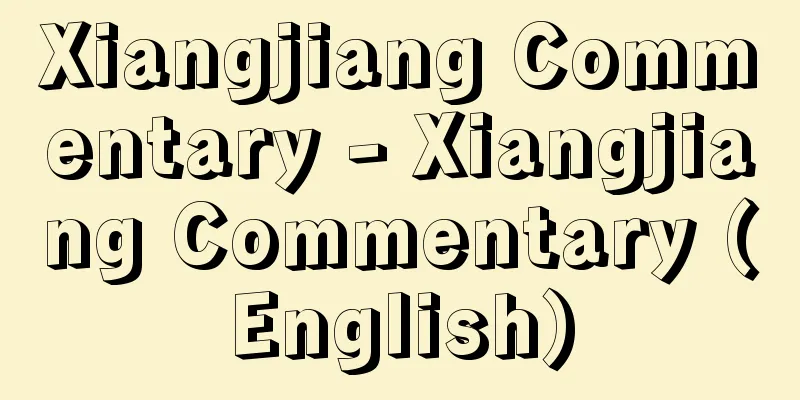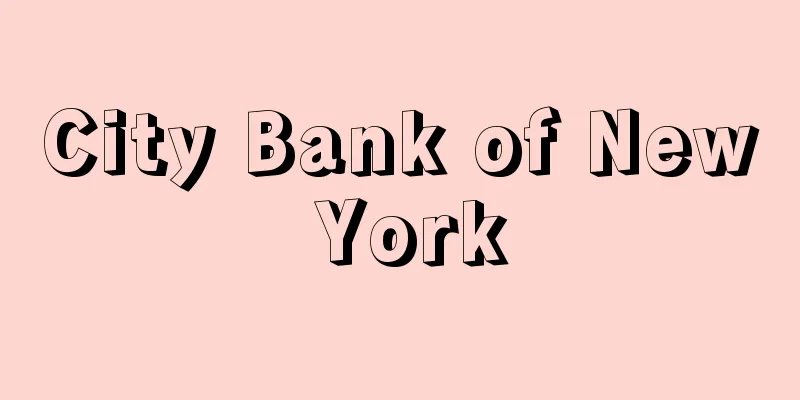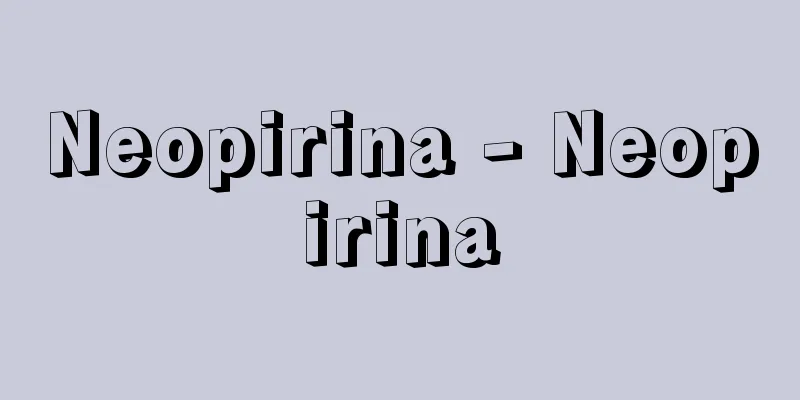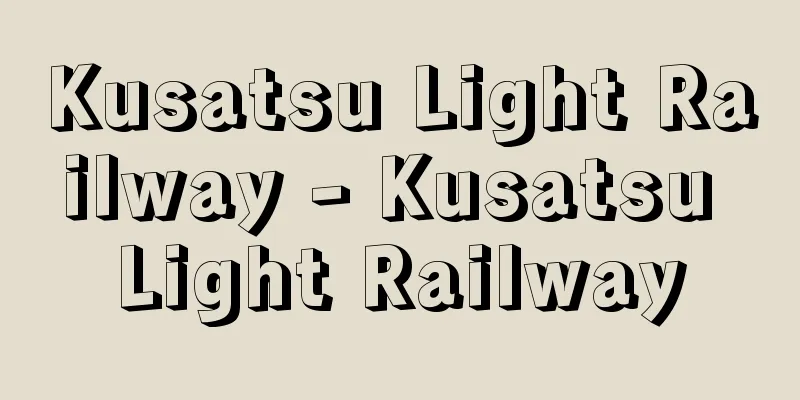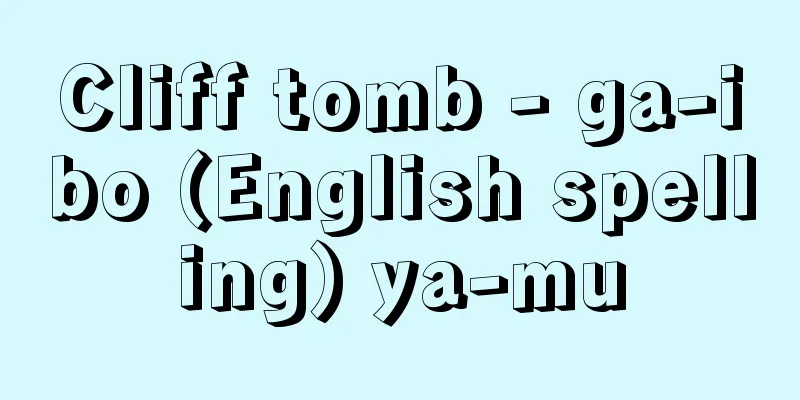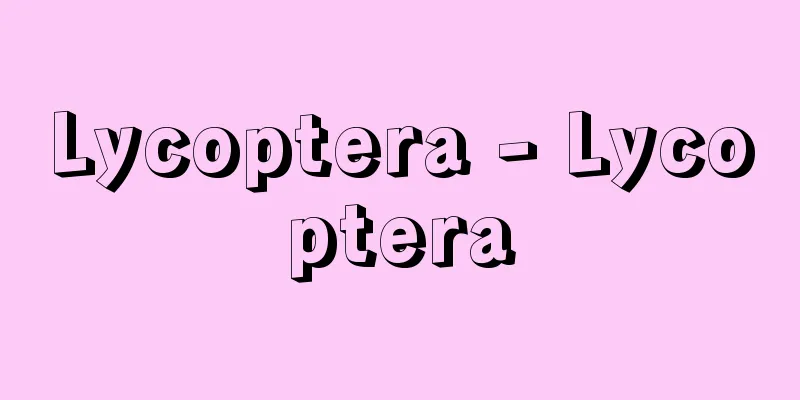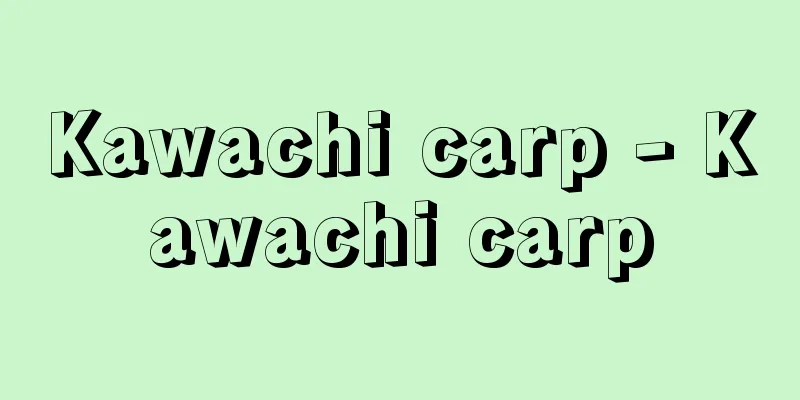Organized trade - kanriboueki (English spelling)

|
It refers to the imposition of various restrictions on all or part of trade with foreign countries by governments for the sake of the sound development of the national economy, the need to maintain a balanced international balance of payments, or political and military considerations, or to trade on which such restrictions are imposed. In terms of export control, there are voluntary export restraints, proportional export quotas, and export bans, while in terms of import control, there are import quotas, import permits, and import bans. Managed trade was implemented in various countries as a measure against the world depression of the 1930s and the dollar shortage after World War II (a situation in which countries other than the United States continued to have deficits in their international balance of payments, resulting in an overall shortage of dollar reserves). In Japan's case, after the war, all exports and imports were fully managed by the government under the control of the Supreme Commander for the Allied Powers (GHQ) until private trade resumed in 1950 (Showa 25). In 1950, import control was also implemented through the Foreign Exchange Budget System (commonly known as the Foreign Currency Budget System). This was an import quota system from the perspective of foreign exchange, which allocated foreign currency, which was valuable to Japan at the time, to sectors necessary for the recovery and development of the Japanese economy. This system was abolished in 1964 following the rapid progress of trade liberalization in the 1960s, and a system was established in which imports were, in principle, free, with import controls being the exception. In the 1970s, the international competitiveness of Japanese industries increased significantly, and the resulting large trade surplus caused trade friction with the United States and the European Community (EC, the predecessor of the European Union). The United States strongly requested voluntary export restraints in response to the "torrential rain"-like sudden increase in exports of certain products from Japan, and as a result, voluntary export restraints were adopted for textile products, steel, color televisions, automobiles, machine tools, and other products as a solution to the trade friction. Emergency import restrictions stipulated in Article XIX of the General Agreement on Tariffs and Trade (GATT) are used as a means of combating the sudden increase in imports of certain products (GATT was succeeded by the World Trade Organization (WTO) in 1995, and since then, Article XIX of the GATT and the WTO's Safeguard Agreement have been adopted). However, in order to implement these measures, consultations with the countries concerned must be concluded, and in accordance with the principle of non-discrimination in the GATT, they must be applied to imports from all member countries, not just certain countries. For this reason, importing countries often request voluntary export restraints from exporting countries of certain products. In the period of low growth following the first oil crisis (1973), trade friction between advanced industrial nations, such as Japan versus the United States and the EC, and the United States versus the EC, only intensified. In response to this trend, French President Giscard d'Estaing is said to have advocated maintaining the world trade order through controlled trade at the London Summit in 1977. In the 1980s, trade friction between Japan and the United States and the EC intensified further. Much of the trade friction in the 1970s and 1980s was resolved through voluntary export restraints, known as "hidden import restrictions." In that sense, it can be said that the United States and the EC (EU) achieved import controls on specific items by forcing Japan to impose voluntary export restraint measures on those items. [Kisuke Tanaka] "Illustrated Japanese Economic Theory" edited by Kawaguchi Hiroshi and Shinohara Sandahei (1973, Yuhikaku)" ▽ "Japan-US Economic Friction" by Ogura Kazuo (1982, Nihon Keizai Shimbun)" ▽ "Who's Hitting Whom? - Is Strategically Managed Trade the Right Choice for America" by Laura D. Tyson, translated supervised by Takenaka Heizo and translated by Abe Tsukasa ▽ "The World Trade System in Crisis: Reconstructing GATT and Japan's Role" by Jagdish Bhagwati, translated by Sato Ryuzo and Ogawa Haruo (1993, published by Austa Research Institute and Keiso Shobo)" ▽ "The World Trade System and Trade Policy after the Uruguay Round" by Shinbori Satoshi (1994, Sanrei Shobo) ▽ "The Political Economy of External Friction" by Yashiro Naohiro (1995, Nippon Hyoronsha) ▽ "The Political Economy of Managed Trade: The US Steel Import Regime: 1959-1995" by Nobayashi Takeshi (1996, Yuhikaku)" ▽ "An Introduction to International Political Economy" by Nobayashi Takeshi, Naya Masashi, et al. (1996, Yuhikaku) [Reference item] | |Source: Shogakukan Encyclopedia Nipponica About Encyclopedia Nipponica Information | Legend |
|
国民経済の健全な発展や国際収支均衡の要請、政治的、軍事的な配慮などから、政府が外国との取引の一部または全部に種々の規制を課すこと、もしくはそのような規制を課された貿易をいう。管理の方法としては、輸出管理面では輸出自主規制、輸出の比例割当制、輸出禁止、輸入管理面では輸入割当制、輸入許可制、輸入禁止などがある。管理貿易は1930年代の世界不況、第二次世界大戦後のドル不足(アメリカ以外の世界諸国で国際収支の赤字が続き、ドル保有高が全体として不足する状態)対策として各国で実施された。わが国の場合、戦後は50年(昭和25)に民間貿易が再開されるまで輸出入はすべて連合国最高司令部(GHQ)の管理のもとに政府が行うという全面的管理貿易であった。また50年には外国為替(かわせ)予算制度(通称は外貨予算制度)による輸入管理が実施されている。これは、当時わが国にとり貴重であった外貨を日本経済の復興と発展のために必要な部門に割り当てるという為替面からの輸入割当制であった。この制度は、60年代における貿易自由化の急速な進展に伴い64年に廃止され、輸入は原則として自由とする体制ができ、輸入管理は例外として行われることになった。 1970年代に入ると、わが国産業の国際競争力が著しく高まり、それに伴う貿易収支の大幅な黒字によって、アメリカやEC(ヨーロッパ共同体。EU=ヨーロッパ連合の前身)との間に貿易摩擦問題が発生した。アメリカは、日本からの特定商品の「集中豪雨」型の輸出急増に対して輸出自主規制を強く要請し、その結果、繊維製品、鉄鋼、カラーテレビ、自動車、工作機械などについて輸出自主規制が貿易摩擦の解決策として採用された。特定商品の輸入急増に対抗する手段としては、ガット第19条に規定された緊急輸入制限措置がある(ガットは、1995年世界貿易機関=WTOに引き継がれ、その後は、ガット第19条とWTOのセーフガード協定による)。しかし、この発動には関係国との協議の成立が必要であり、運用はガットの無差別の原則に従って、特定国のみでなく、すべての加盟国からの輸入品に適用しなければならない。そのため輸入国は、特定商品の輸出国に対して輸出自主規制を求めることが多い。第一次石油危機(1973)以降の低成長時代になると、日本対アメリカとEC、アメリカ対ECなど先進工業国間の貿易摩擦は強まる一方である。この傾向に対して、ジスカール・デスタン仏大統領は、77年のロンドン・サミットにおいて、管理された貿易による世界貿易秩序の維持を提唱したといわれる。80年代に入ると、日本とアメリカやECをめぐる貿易摩擦はいっそう激しくなっていく。70年代、80年代における貿易摩擦の多くは「隠れた輸入制限」といわれる輸出自主規制によって解決されている。その意味において、アメリカやEC(EU)は、日本に特定品目の輸出自主規制措置をとらせることによって、特定品目の輸入管理を実現したといえよう。 [田中喜助] 『川口弘・篠原三代平編『図説 日本経済論』(1973・有斐閣)』▽『小倉和夫著『日米経済摩擦』(1982・日本経済新聞社)』▽『ローラ・D・タイソン著、竹中平蔵監訳、阿部司訳『誰が誰を叩いているのか――戦略的管理貿易は、アメリカの正しい選択?』(1993・ダイヤモンド社)』▽『ジャグディッシュ・バグワティ著、佐藤隆三・小川春男訳『危機に立つ世界貿易体制――GATT再建と日本の役割』(1993・オースタ研究所、勁草書房発売)』▽『新堀聡著『ウルグアイ・ラウンド後の世界の貿易体制と貿易政策』(1994・三嶺書房)』▽『八代尚宏著『対外摩擦の政治経済学』(1995・日本評論社)』▽『野林健著『一橋大学法学部研究叢書 管理貿易の政治経済学――米国の鉄鋼輸入レジーム:1959~1995』(1996・有斐閣)』▽『野林健・納屋政嗣ほか著『国際政治経済学・入門』(1996・有斐閣)』 [参照項目] | |出典 小学館 日本大百科全書(ニッポニカ)日本大百科全書(ニッポニカ)について 情報 | 凡例 |
>>: Managed float - kanri float
Recommend
Richard Morris Titmuss
1907‐73 British social policy scholar. Born in Bed...
Gargoyle
… [Yasuo Takahashi] [Western] In Greek and Roman ...
Suribotoke - Suribotoke
A type of Buddhist print, in which images of Budd...
Kirozan
...Population: 5,224 (1995). Most of the area is ...
Mental retardation
What is the disease? Mental retardation is a term...
Welding - Welding (English spelling)
Welding is a method of joining two solid material...
Ethiopian Revolution - Ethiopian Revolution
The Ethiopian Revolution refers to the revolution...
Yasuo Kawamura
… Japanese speed skating made remarkable progress...
Yoshimasa Kiso
Year of death: Bunroku 4.3.17 (1595.4.26) Year of ...
Borneo [island] - Borneo
It is the largest island in the Malay Archipelago ...
Taiko Hirabayashi - Taiko Hirabayashi
Novelist. Born in Nagano Prefecture on October 3,...
"Onsha Genki" - Onsha Genki
...It is also known that Kasuga Taisha Shrine has...
Weems, ML - Weems
...As one of the founding fathers of the United S...
Health facilities - health facilities
Article 23 of the Health Insurance Act states that...
Torpedo boat - Gyoraitei (English spelling) motor torpedo boat
A high-speed boat whose main role is torpedo atta...
